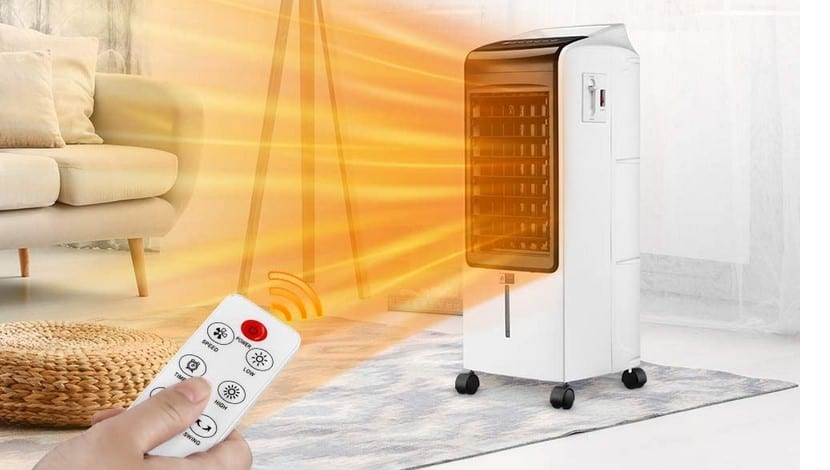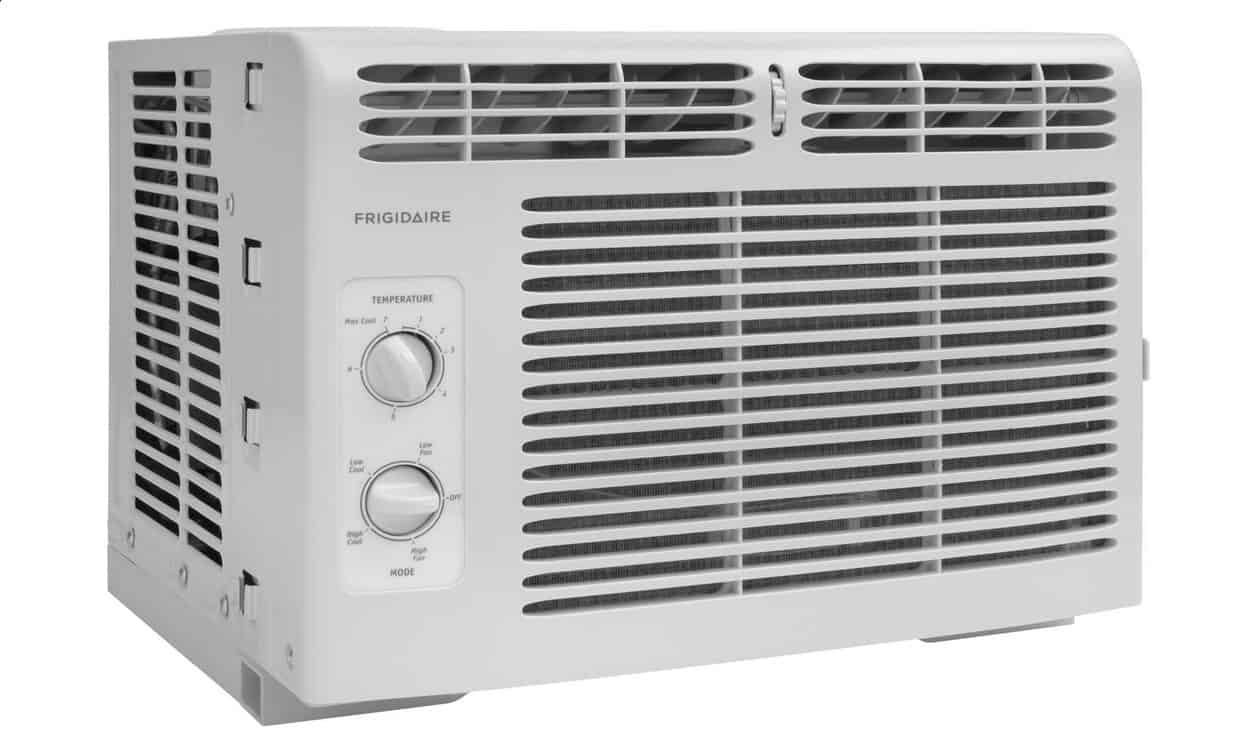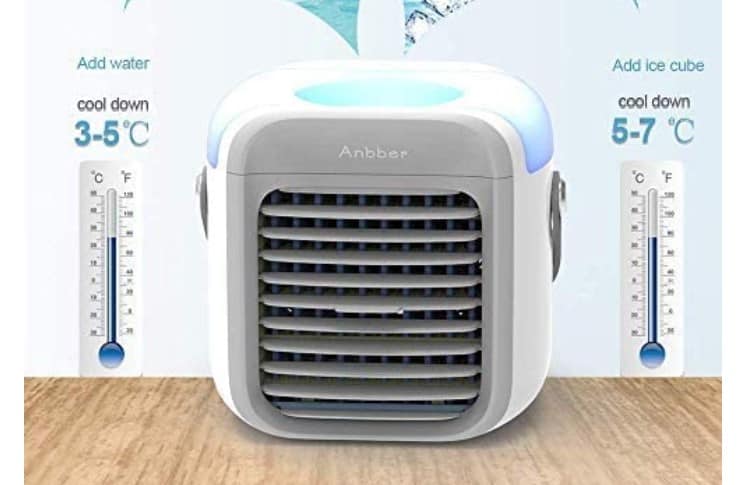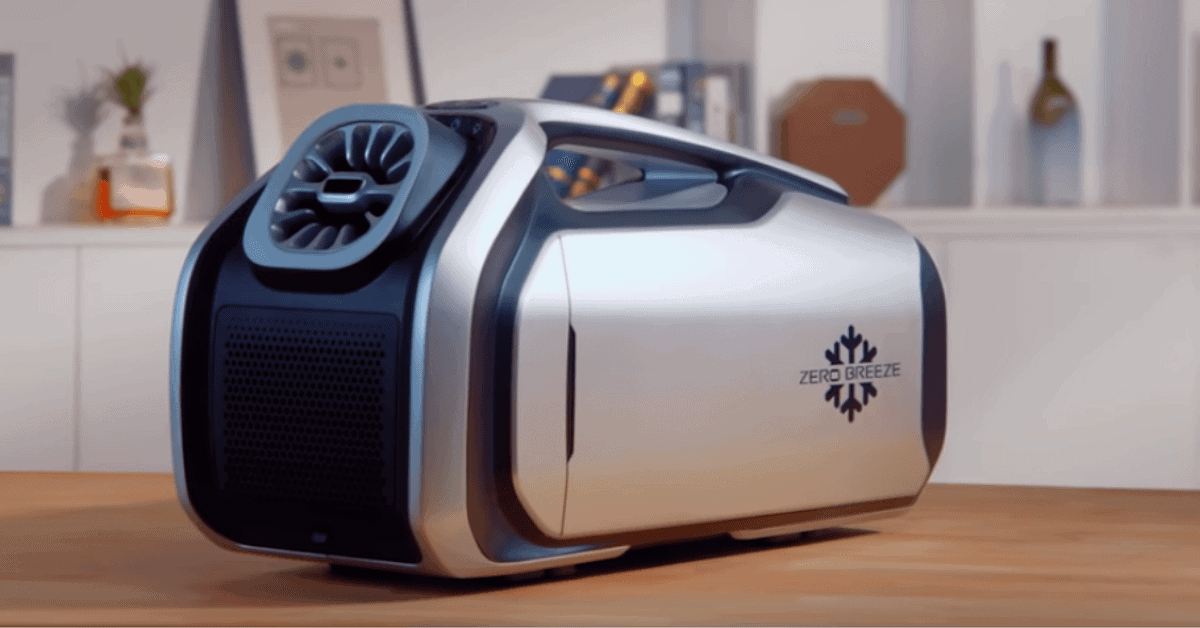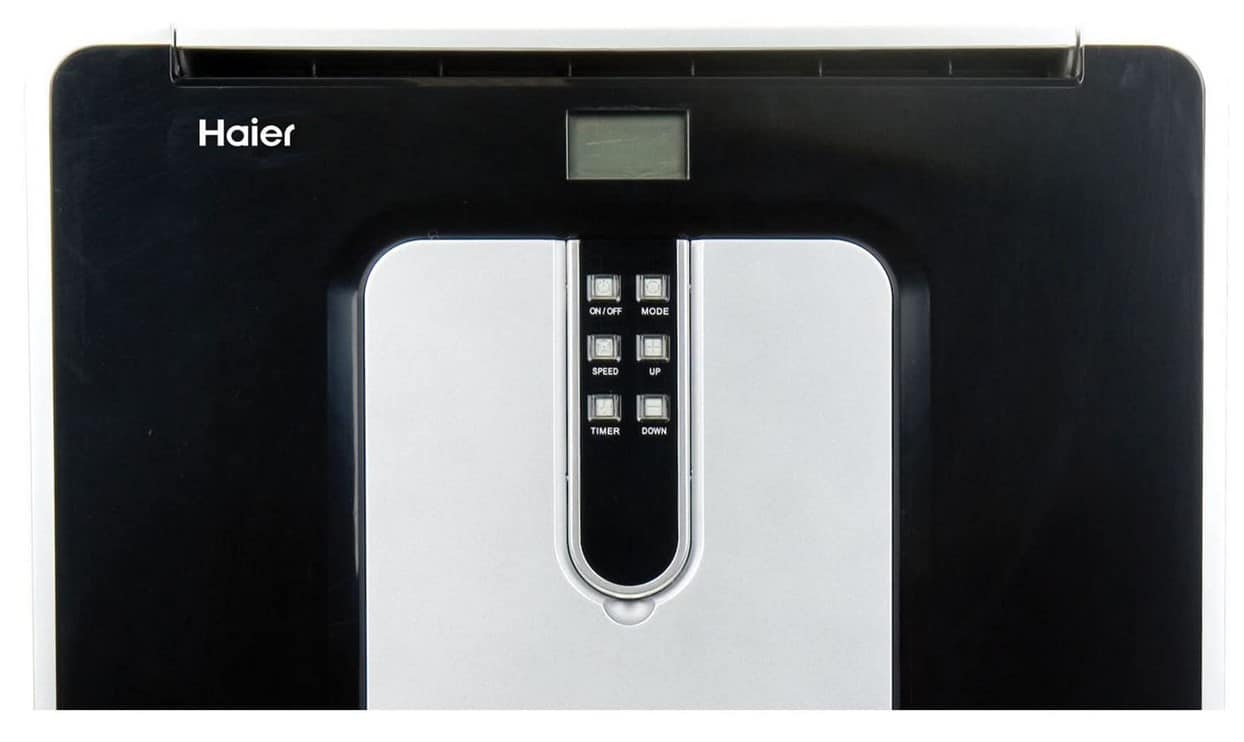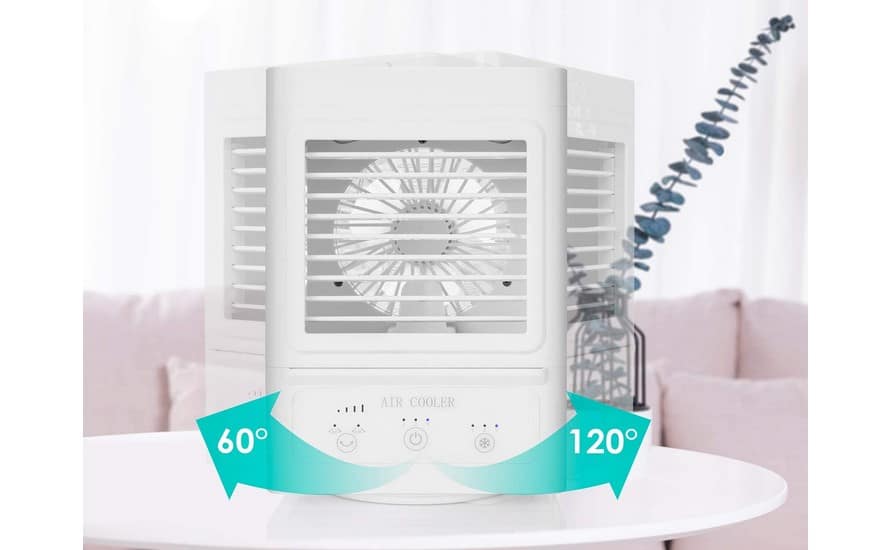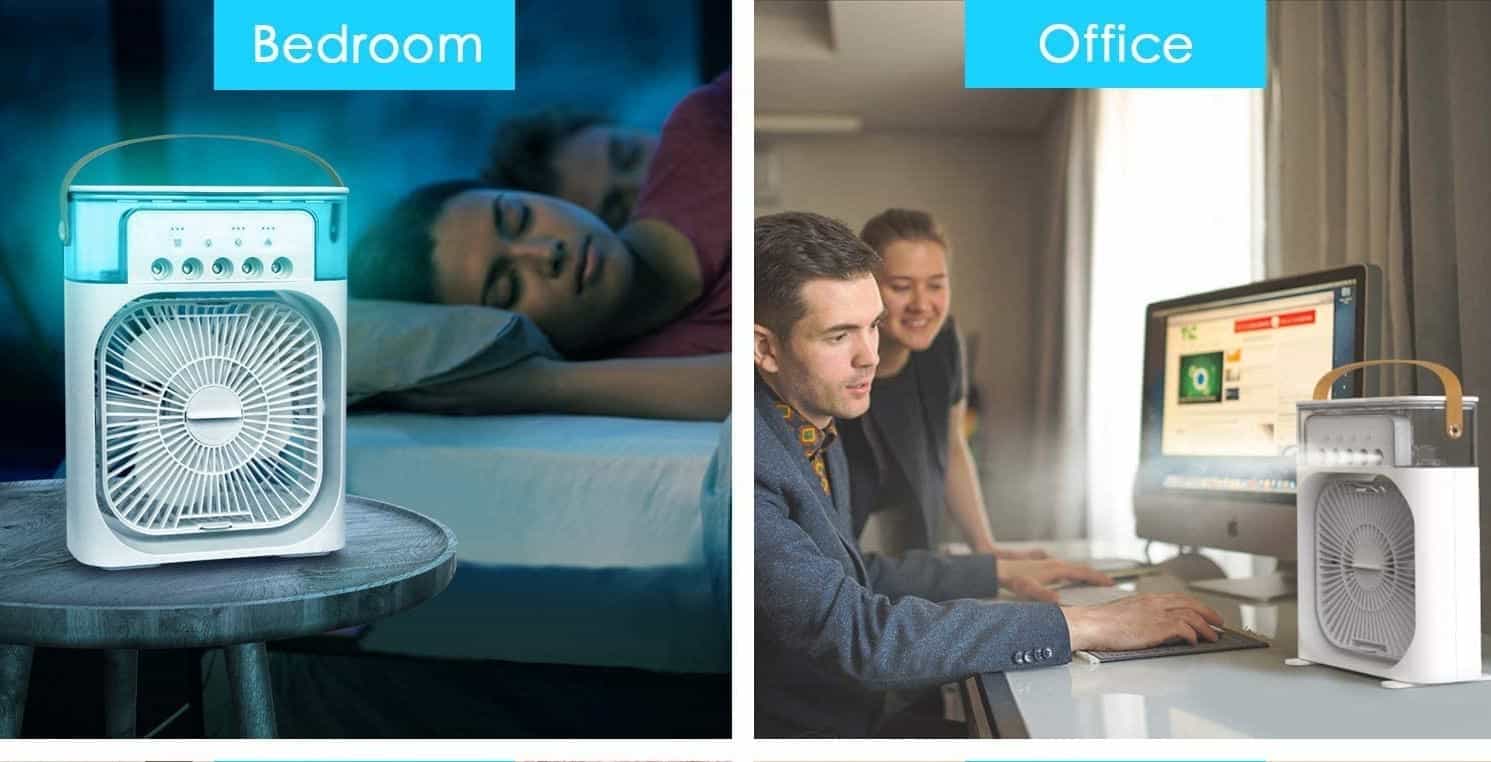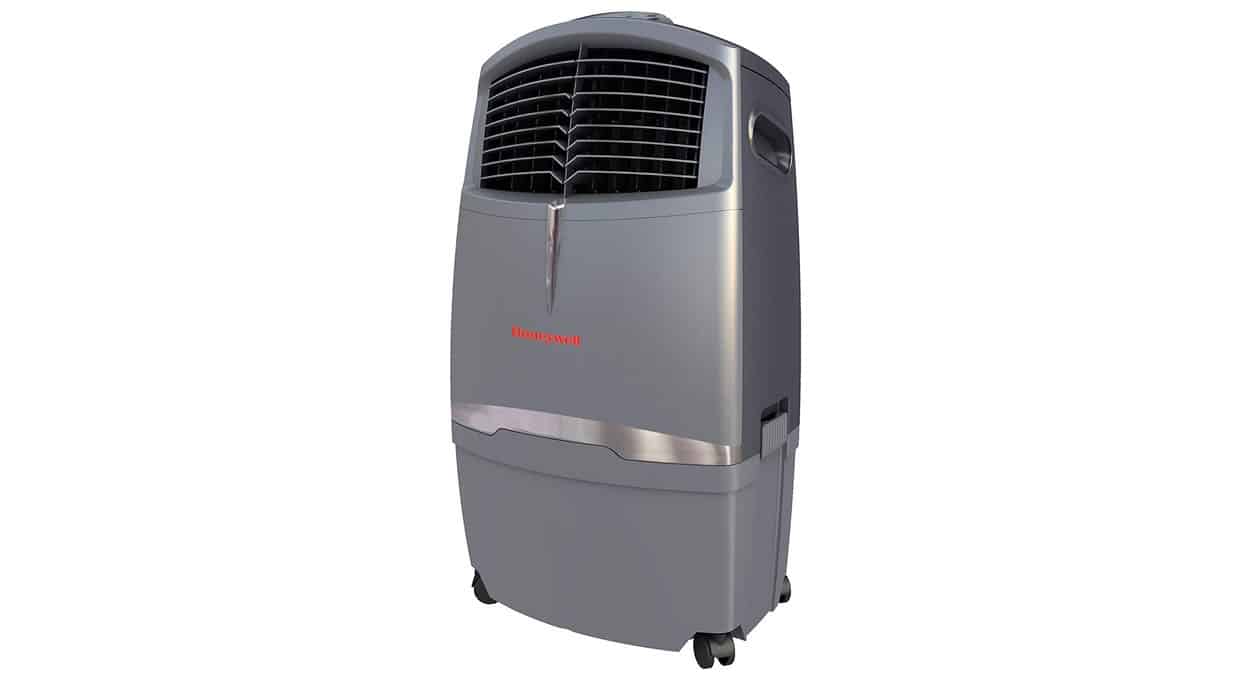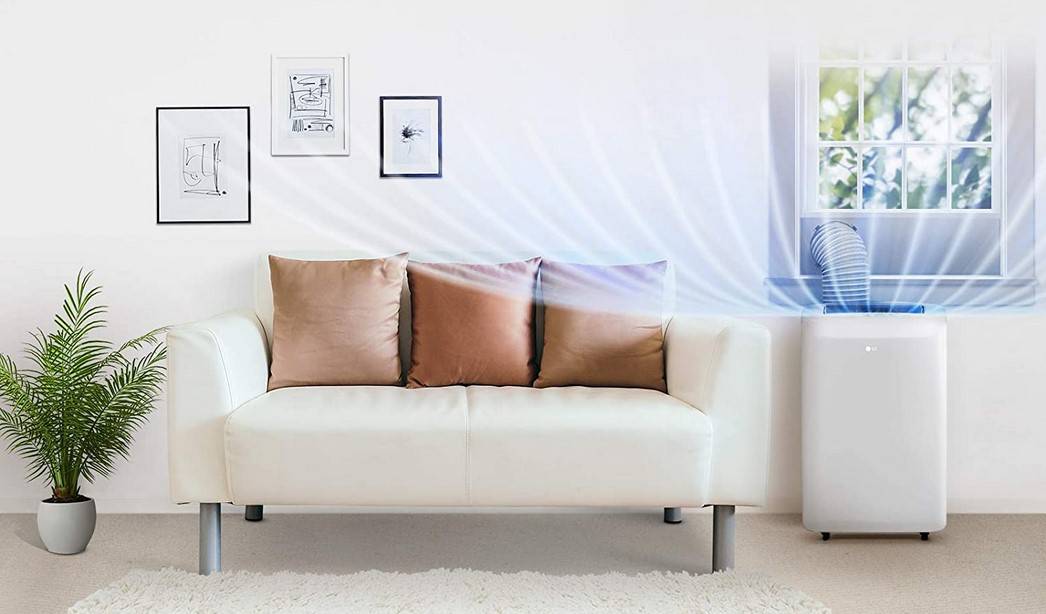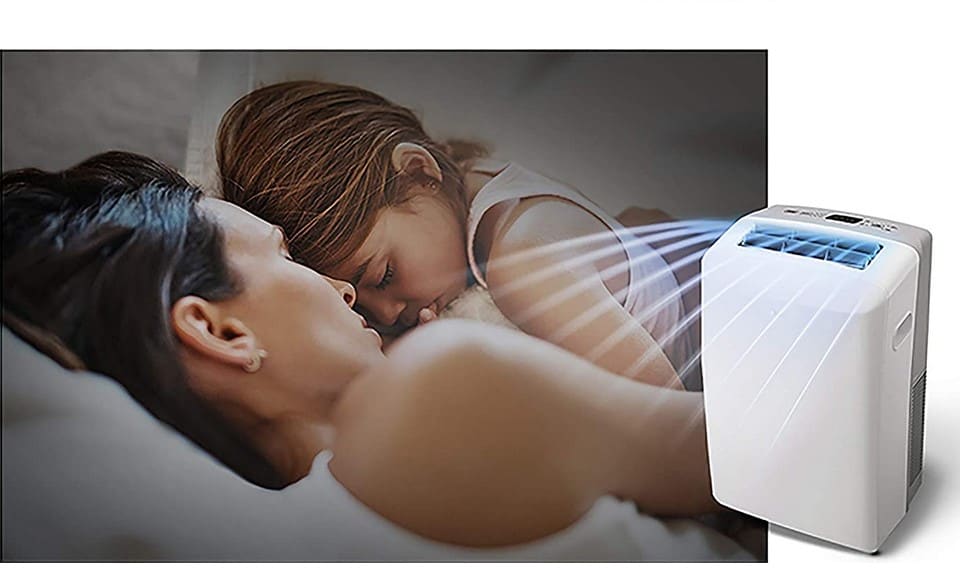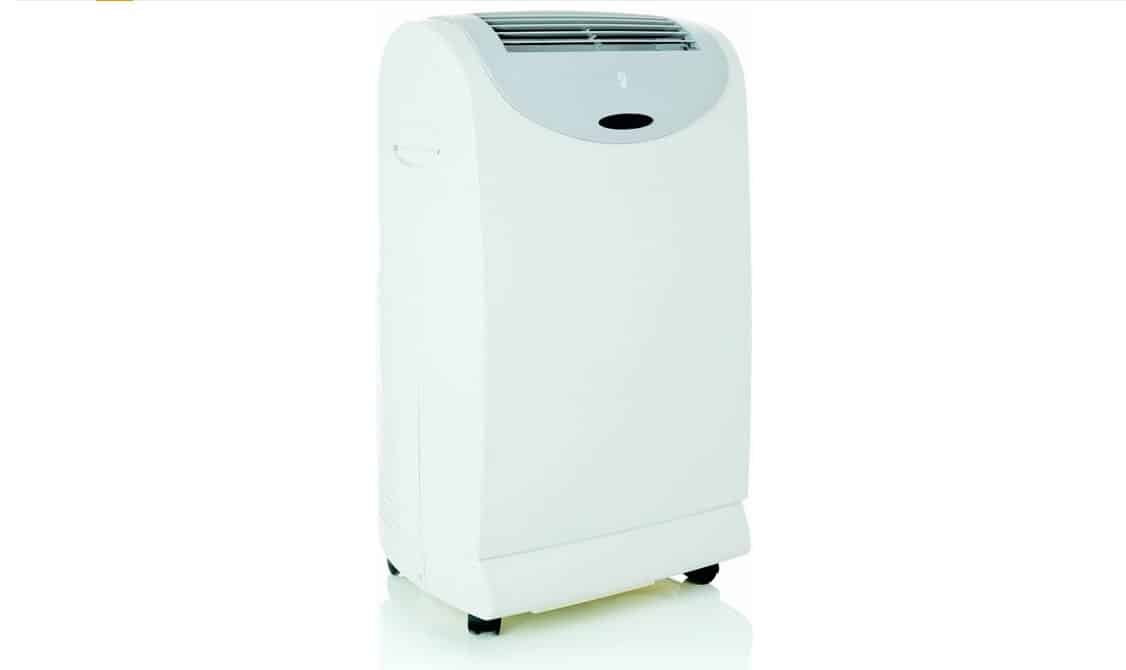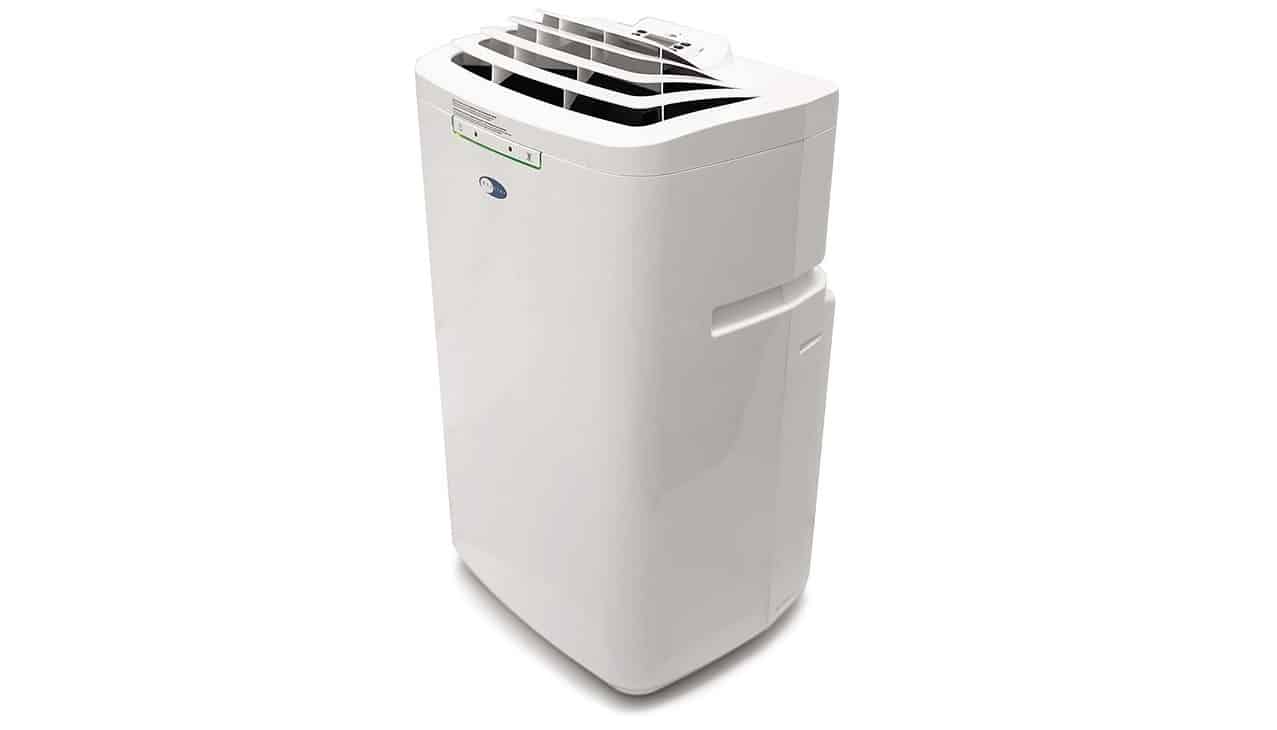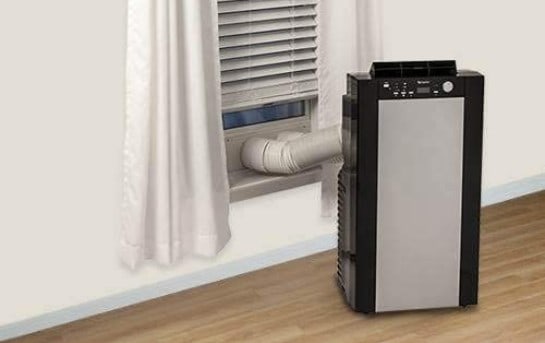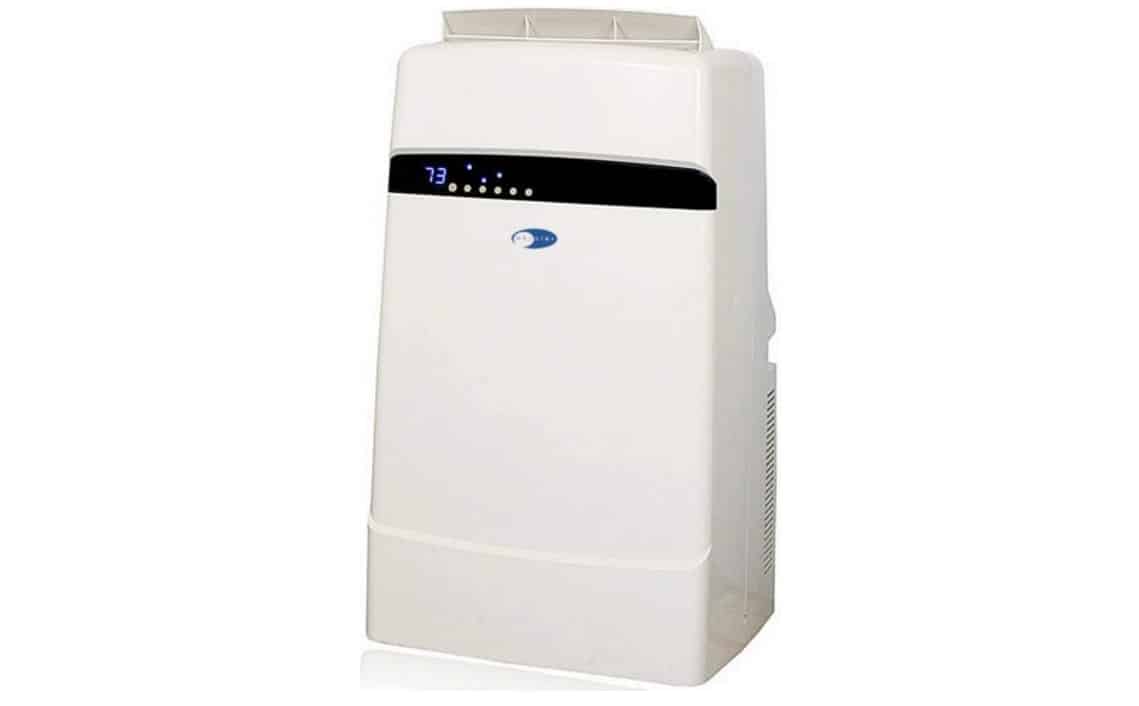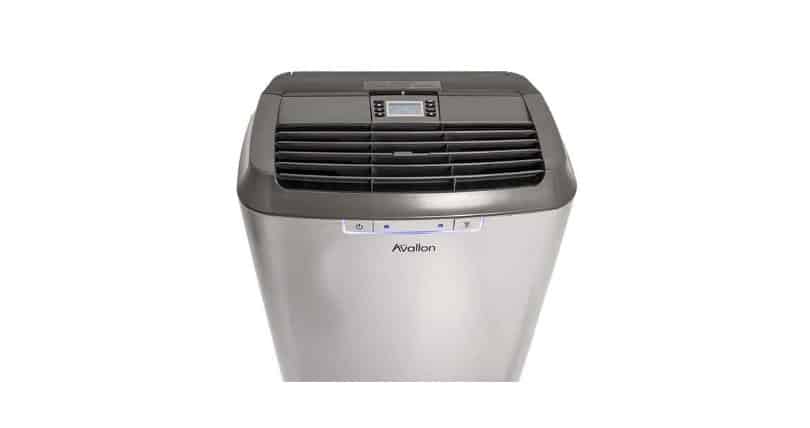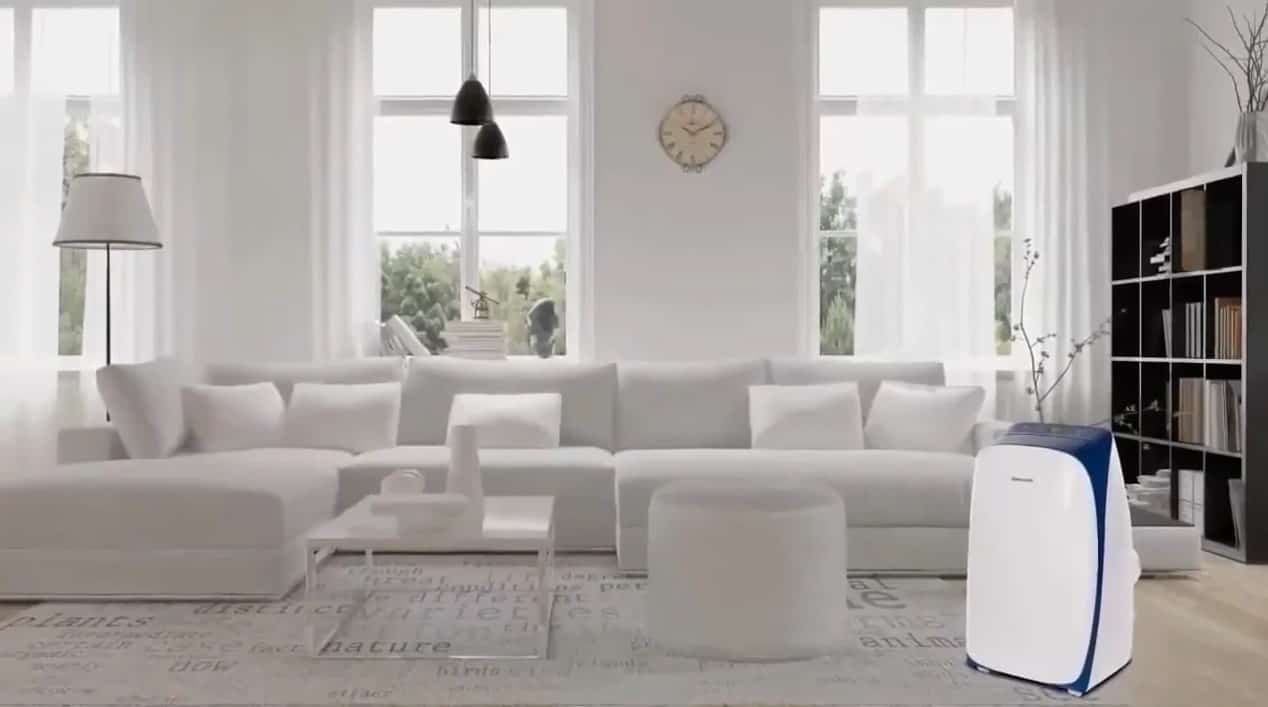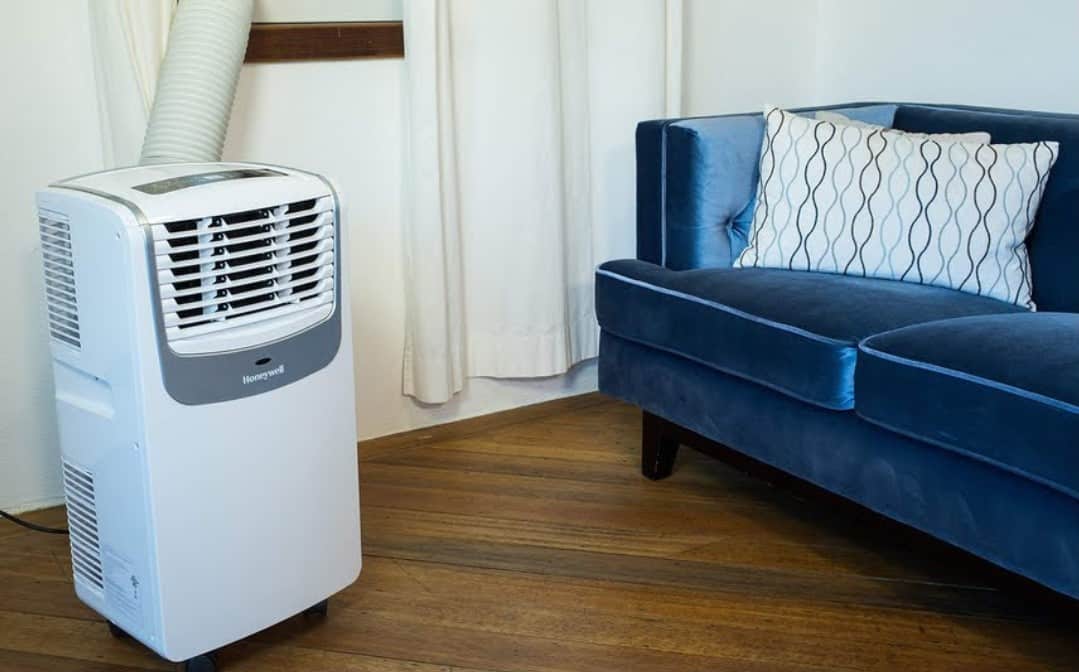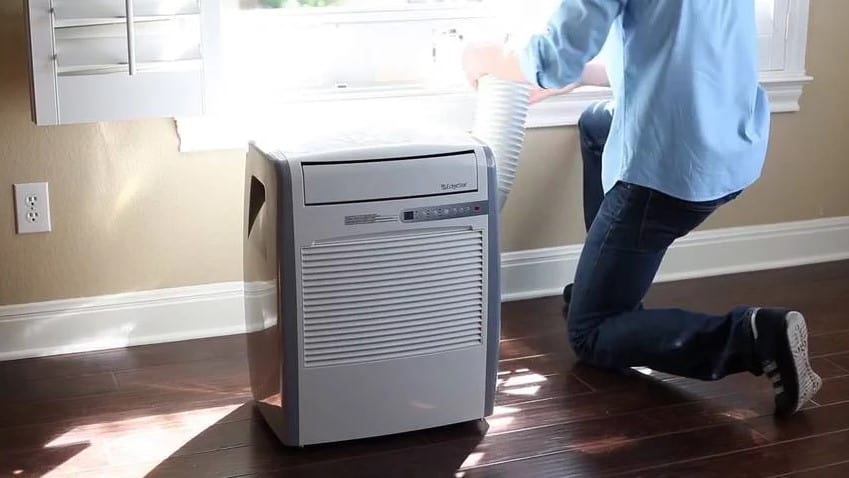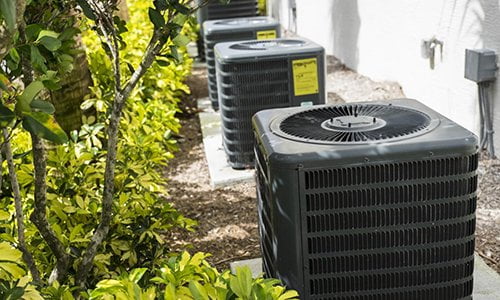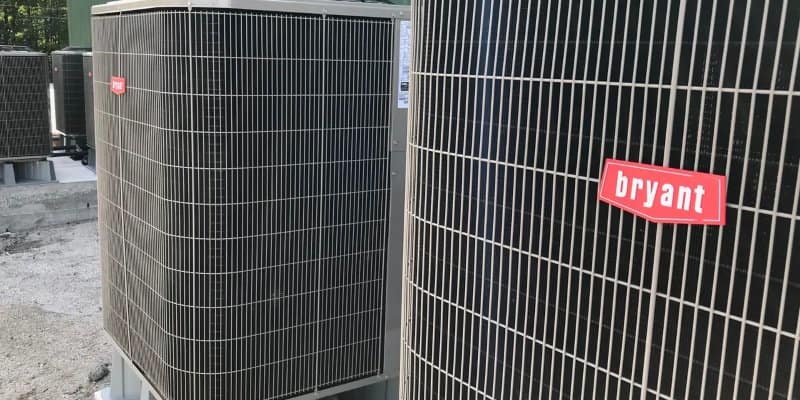During the humid months in certain environments, you might wonder whether you should run dry mode vs cool mode for AC. this depends if you’re using the top-rated portable air conditioner-heater or a fine 6000 BTU A/C, or not. This question may also make you think about whether you are actually feeling high temperatures or if it just feels warmer because the humidity is higher. Either way, the best air conditioners can help you feel more comfortable in your home.
KEY TAKEAWAYS:
- Cool mode on your air conditioning system cools your space by processing air through various elements.
- Dry mode removes a portion of the excess moisture in the air instead of cooling the air itself.
- For particularly humid days, dry mode helps reduce the heat and mugginess that you feel.
So, how do these two options affect your space and energy efficiency? Read on to find out the differences between these settings. Similarly, you may be interested in learning what sets an evaporative air cooler vs a portable air conditioner apart.
What’s the Difference Between Cool Mode and Dry Mode on an Air Conditioner?
Cool and dry modes on your AC system both increase comfort levels for you and your family. However, many may not realize all of the differences between them because they typically think of an air conditioner as a cooling device, especially if you’re thinking a box fan is better than an air conditioner. It’s not really, and certainly not better than a WiFi air conditioner.
Insider Tip
Try dry mode on days when your thermostat reads your desired temperature, but you still feel warm.
Dry mode and cool mode use the various components of your machine to remove humidity or heat from your home, but the two vary significantly in the way they do this. Continue reading to learn more. You may also be interested in the differences between BTU vs ASHRAE.
Lowering Temperature
Cool mode on an air conditioning unit refers to the setting which cools your house. The air goes through many elements, but the most extensive variation in temperature comes from the compressor. Once the ambient temperature equals your thermostat’s set temperature, the compressor switches off while the fan continues to run at the same fan speed. Therefore, the compressor must run for longer when you want a lower temperature.
On the other hand, the dry mode does not cool the space. The air passes through the same elements and systems, but the compressor does not stay on for an extended period. As a result, air emitted from the AC stays the same temperature as when it went into the system.
Lowering Humidity
Many air conditioners remove some excess moisture during air processing, but there may still be a significant amount of humidity in your space. Although an air conditioner unit removes more humidity than its fan-only counterparts, its primary focus is still cooling the air if set to cool mode.
Meanwhile, dry mode focuses on lowering humidity levels to a comfortable level in a humid environment. This process turns the compressor on and off for a short period, while the fan consistently runs at a low fan speed. Water vapor is removed as the air passes through your AC unit until the internal humidity sensor senses that the humidity has lowered enough for comfort.
However, the air conditioning system does not entirely eliminate water molecules as a dehumidifier. The primary goal is to lower the humidity level to about 60%, eliminating the perceived heat associated with higher moisture during the rainy season or summer.
Lowering Energy Costs
The cool AC cycle is the most energy-consuming of the different modes on your system. Because the compressor and fan run the entire time, more energy is used to power the device. Additionally, there is always a jolt of electricity required to start the motors and other components.
Dry mode requires less energy because the compressor is not running the entire time. This more efficient mode decreases the price tag for running your AC when you want relief from humidity while the room is at your desired temperature.
Warning
Dry method does not cool your home, so you want to use the cool setting for dry or excessive heat.
F.A.Q.S
When should I use dry mode?
You should use dry mode when it’s humid and the ambient room temperature is the same as your thermostat setting.
Is dry mode cheaper than cool mode?
Yes. Dry mode is more energy-efficient than cool mode, resulting in lower costs overall.
Does AC cool in dry mode?
No. The purpose of dry mode is to remove humidity from the air, and it does not cool the air while it does so.
STAT: Dry mode lowers the humidity in the air to about 60% humidity, and it does not remove all moisture as a dehumidifier would. (source)
REFERENCES:
- https://www.cielowigle.com/blog/air-conditioner-remote-control-ac-settings/
- https://support.edgestar.com/hc/en-us/articles/115003204186-How-does-the-Dry-mode-function-on-my-window-air-conditioner-
- https://www.daikin.com.my/blog/tips/2020/02/03/air-conditioner-mode/r
- https://www.lg.com/us/support/help-library/dry-mode-CT10000014-1343315713563
- https://www.cielowigle.com/blog/dry-mode-in-ac/

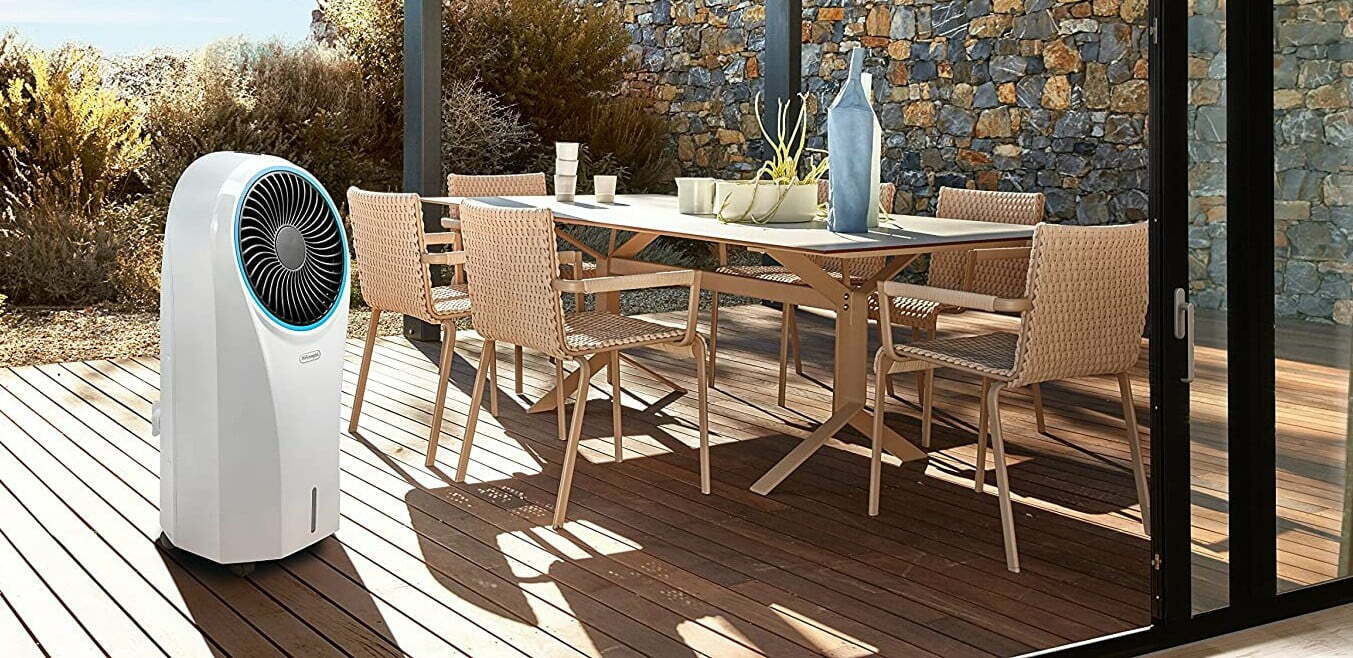













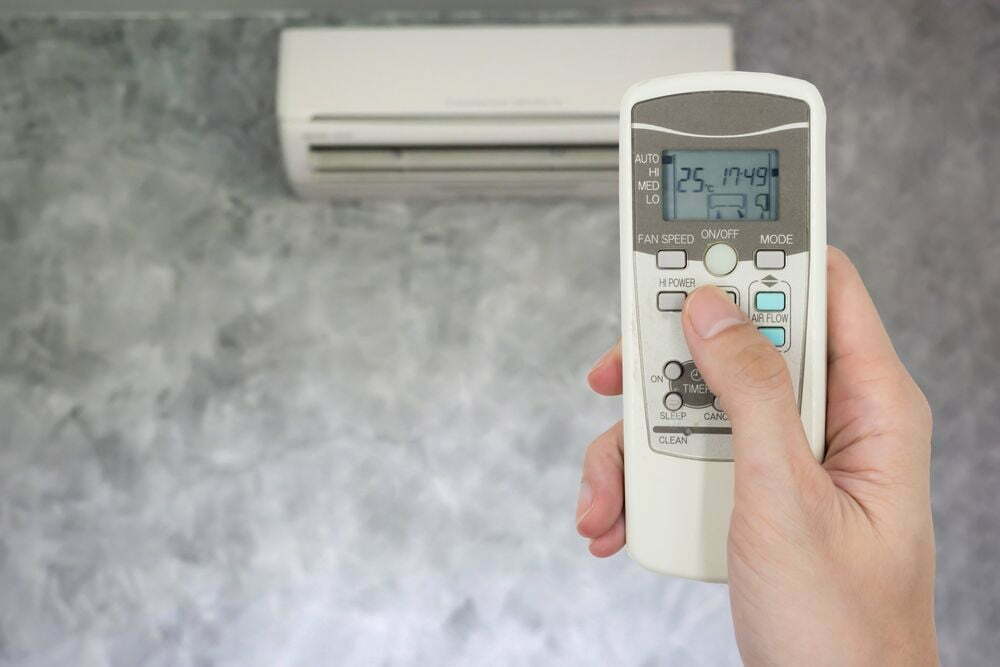
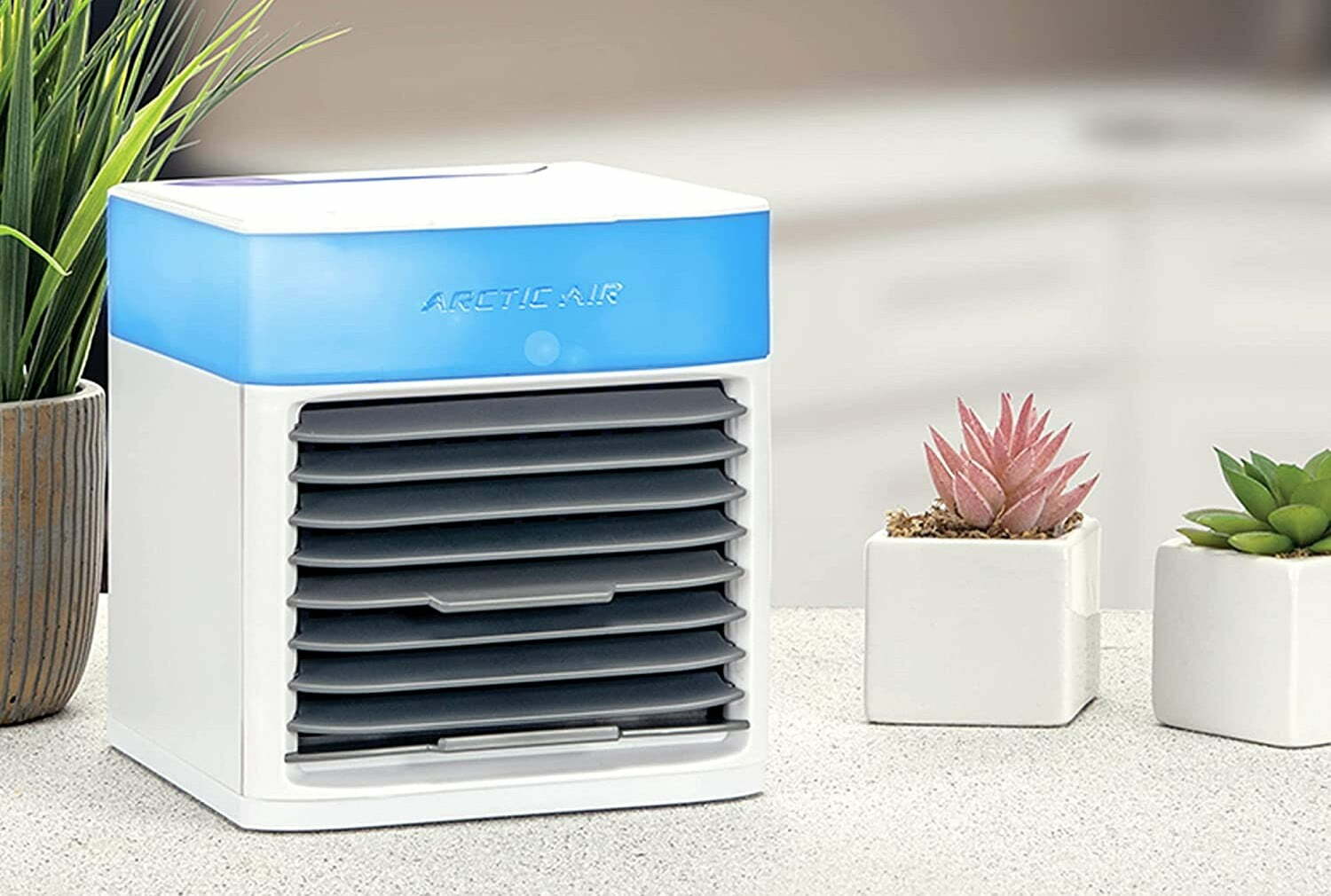
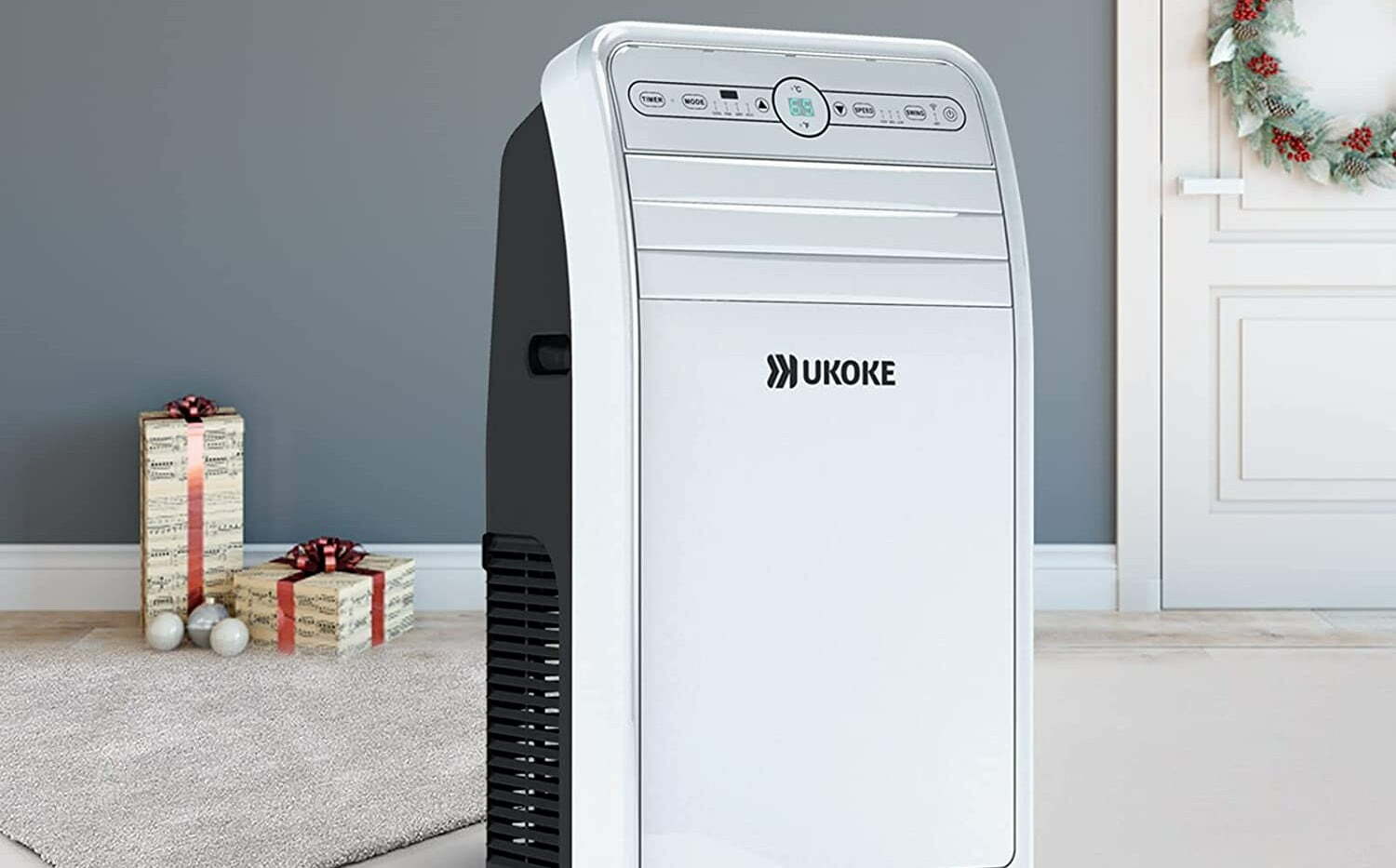
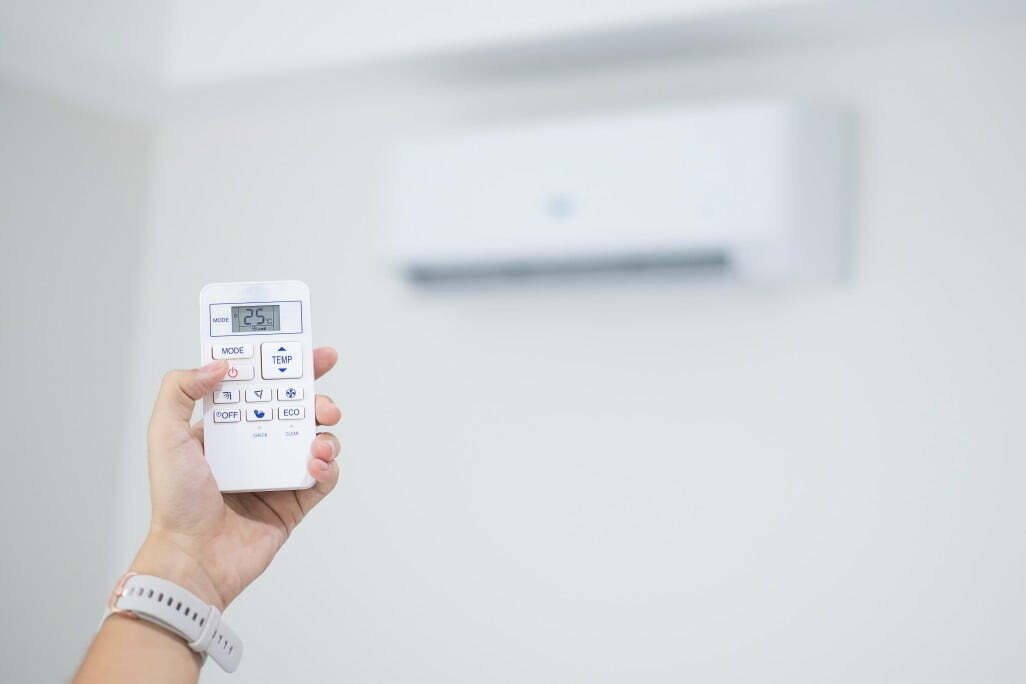
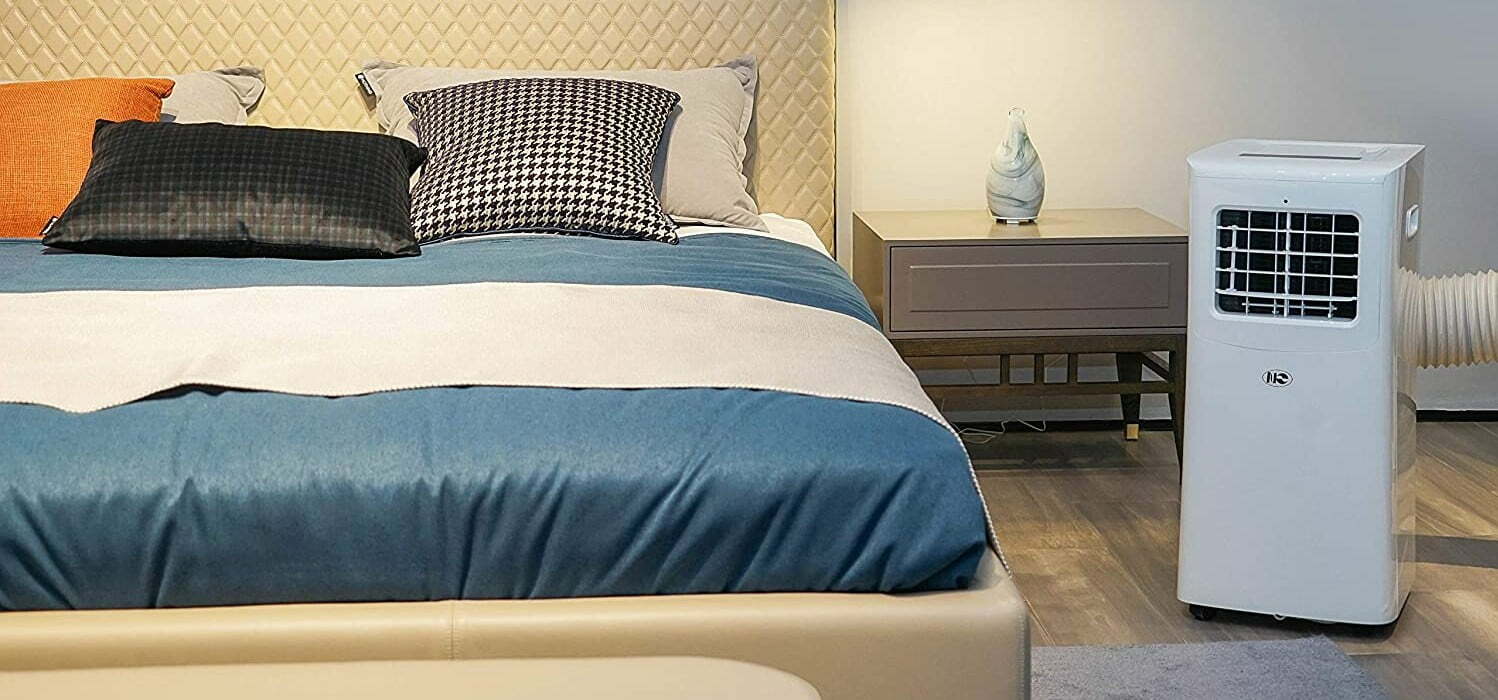
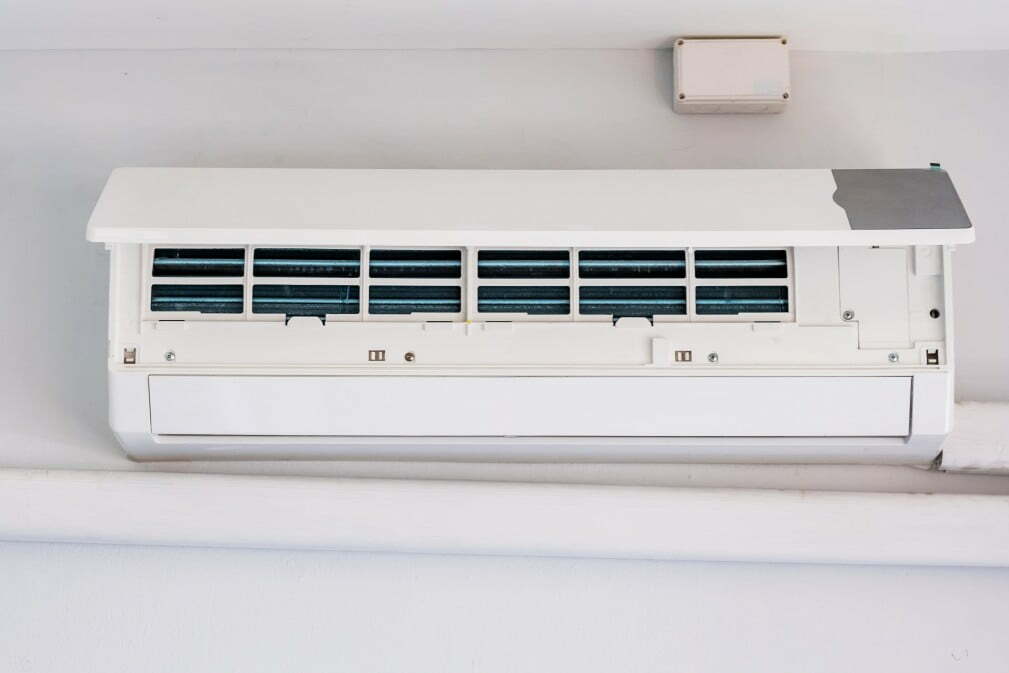
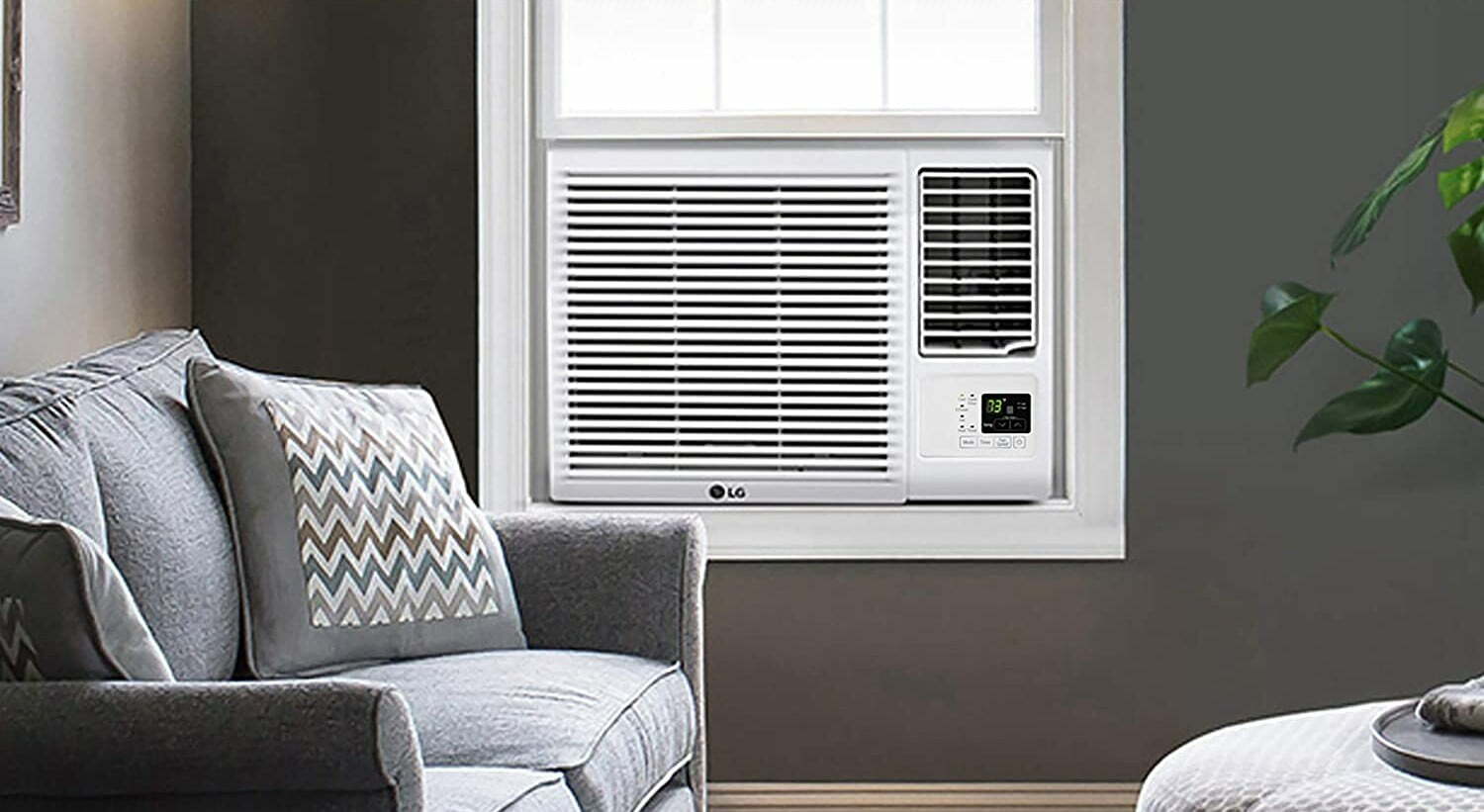
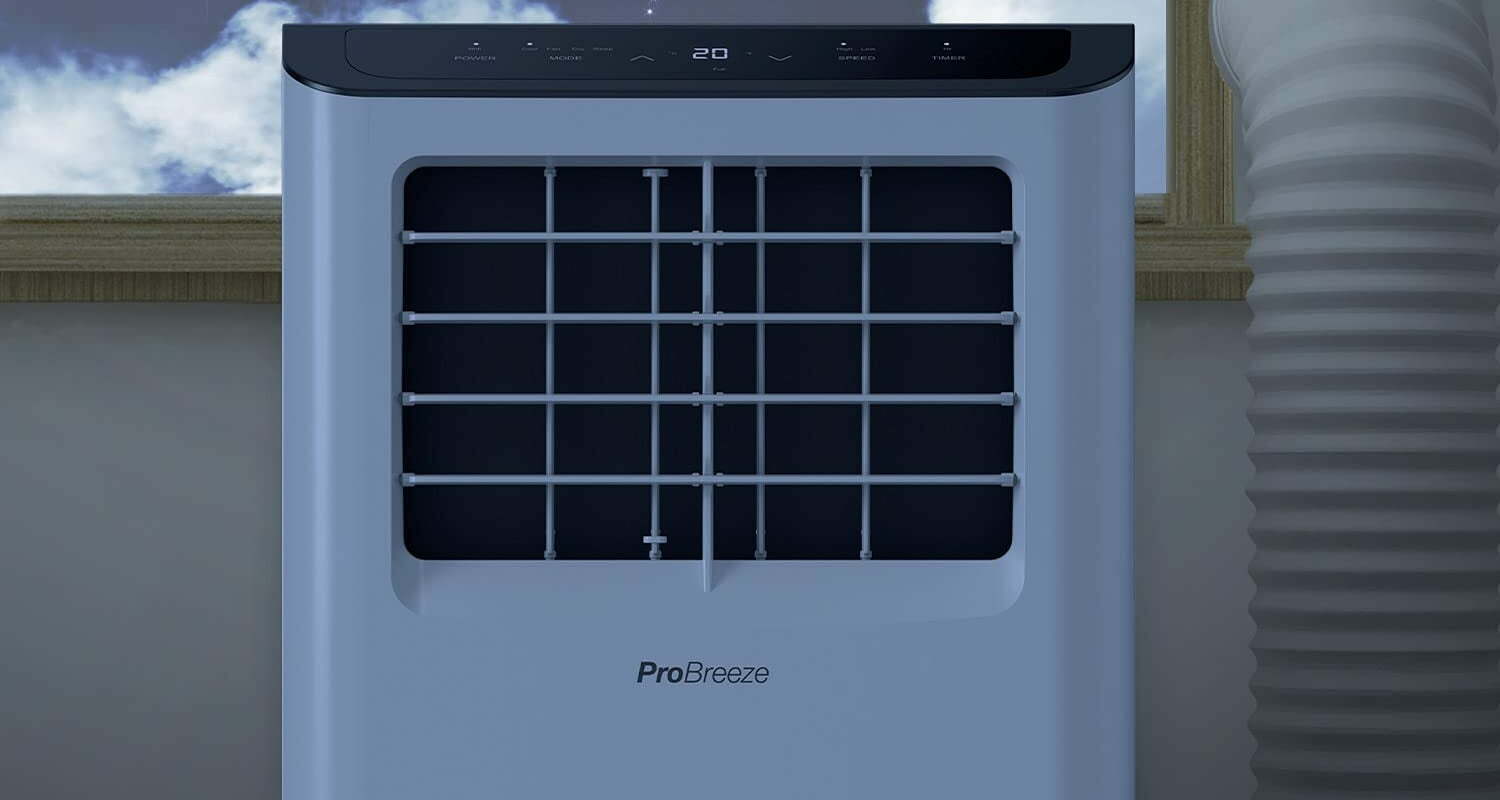
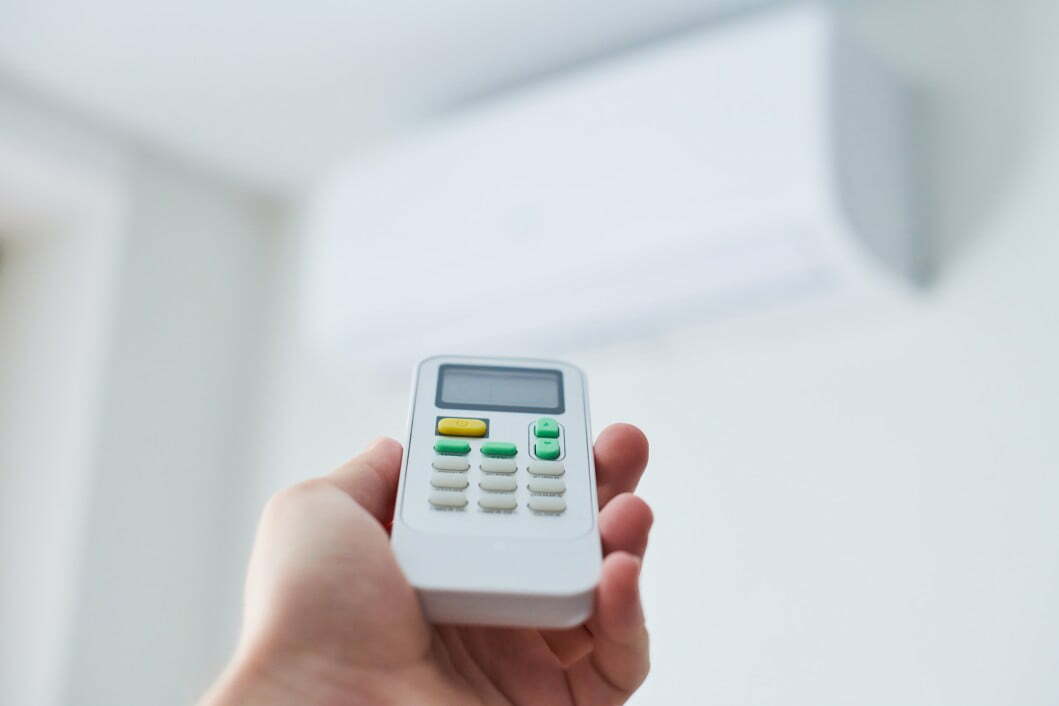
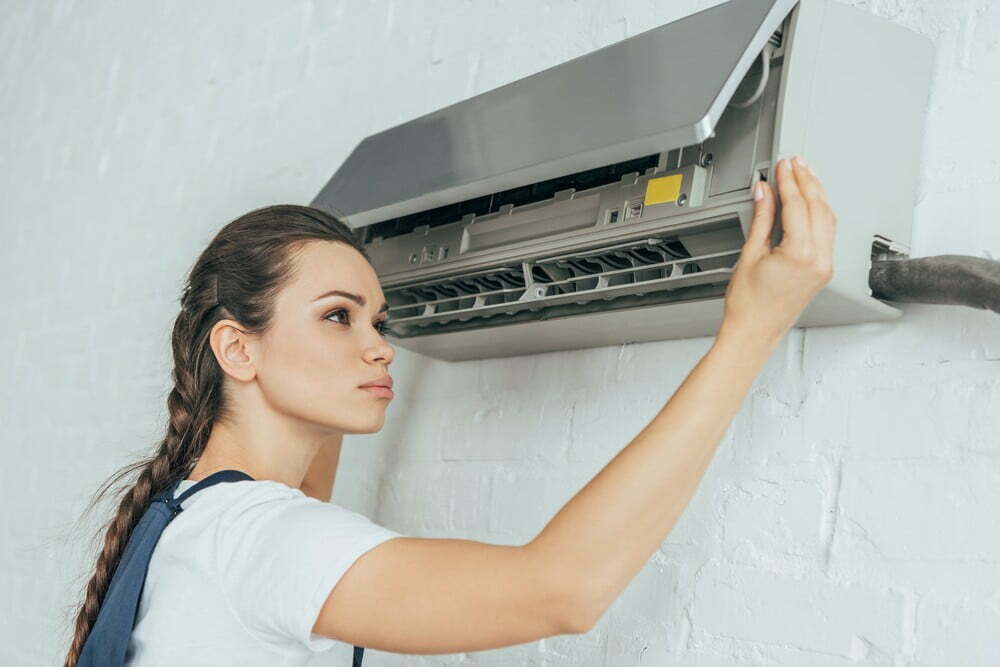
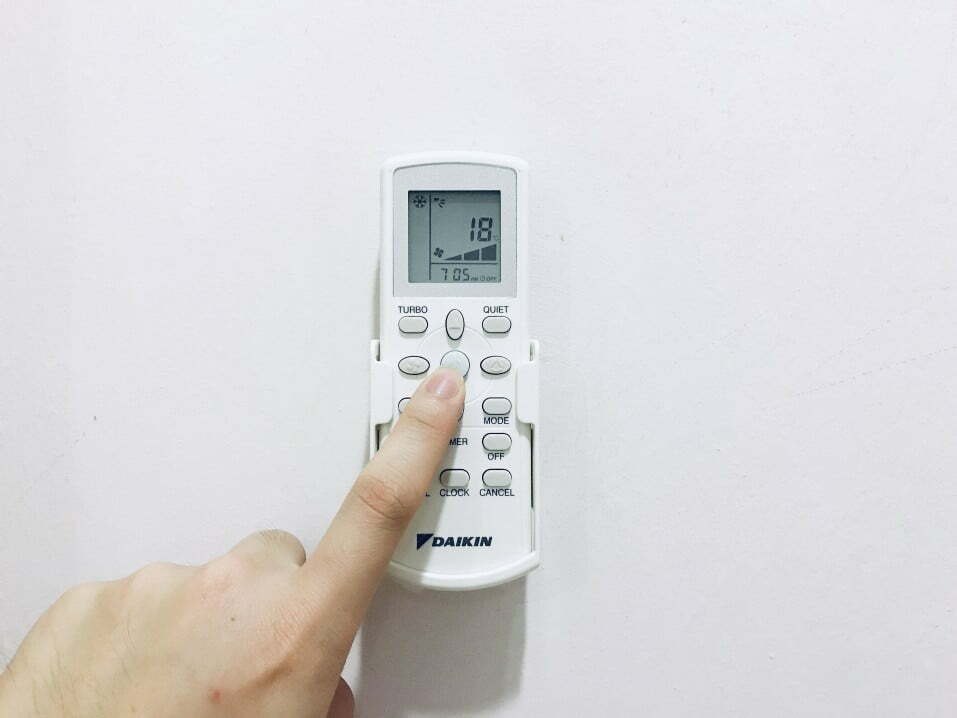
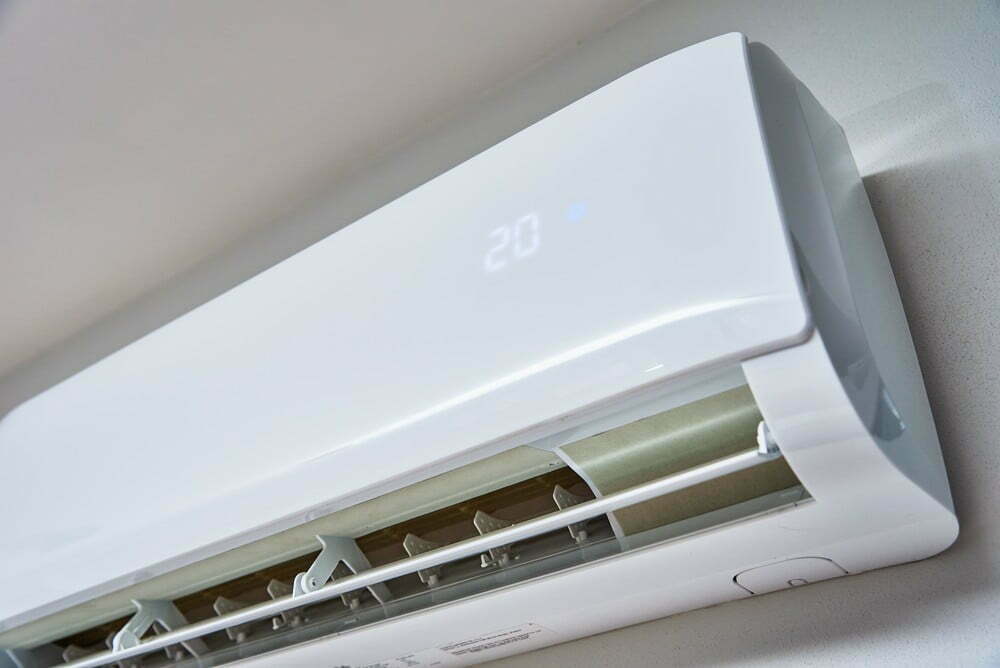
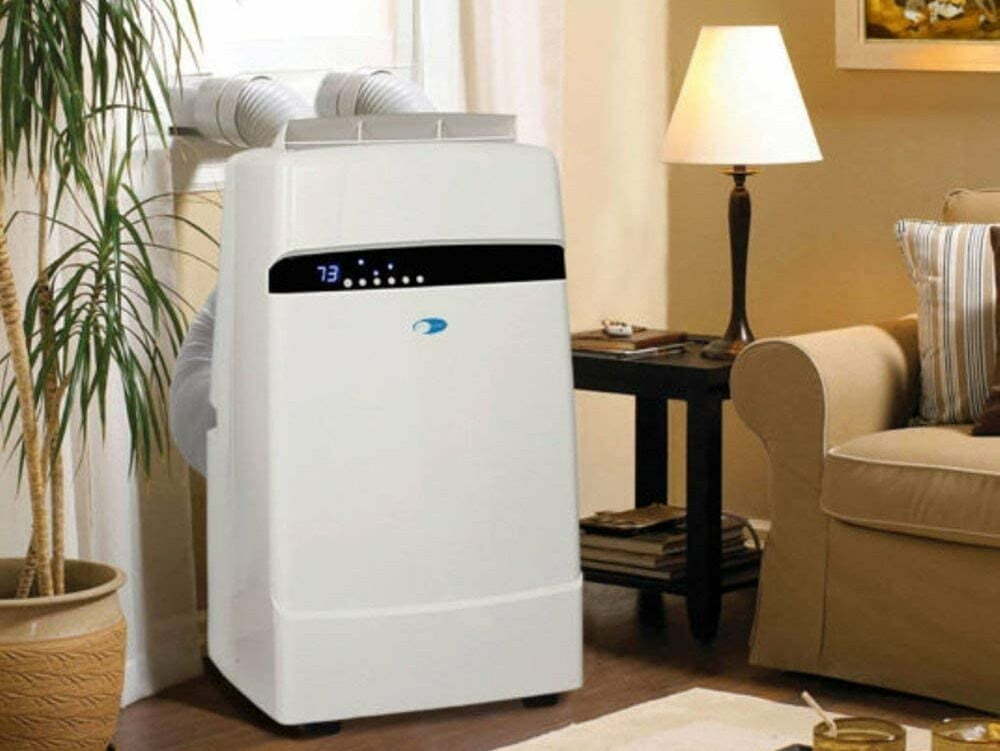
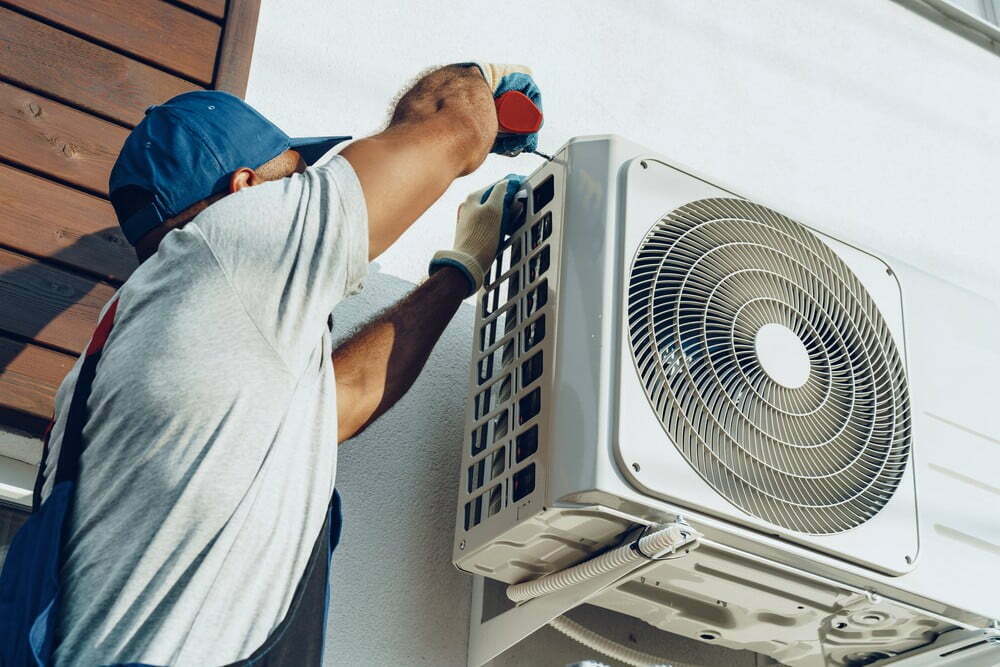
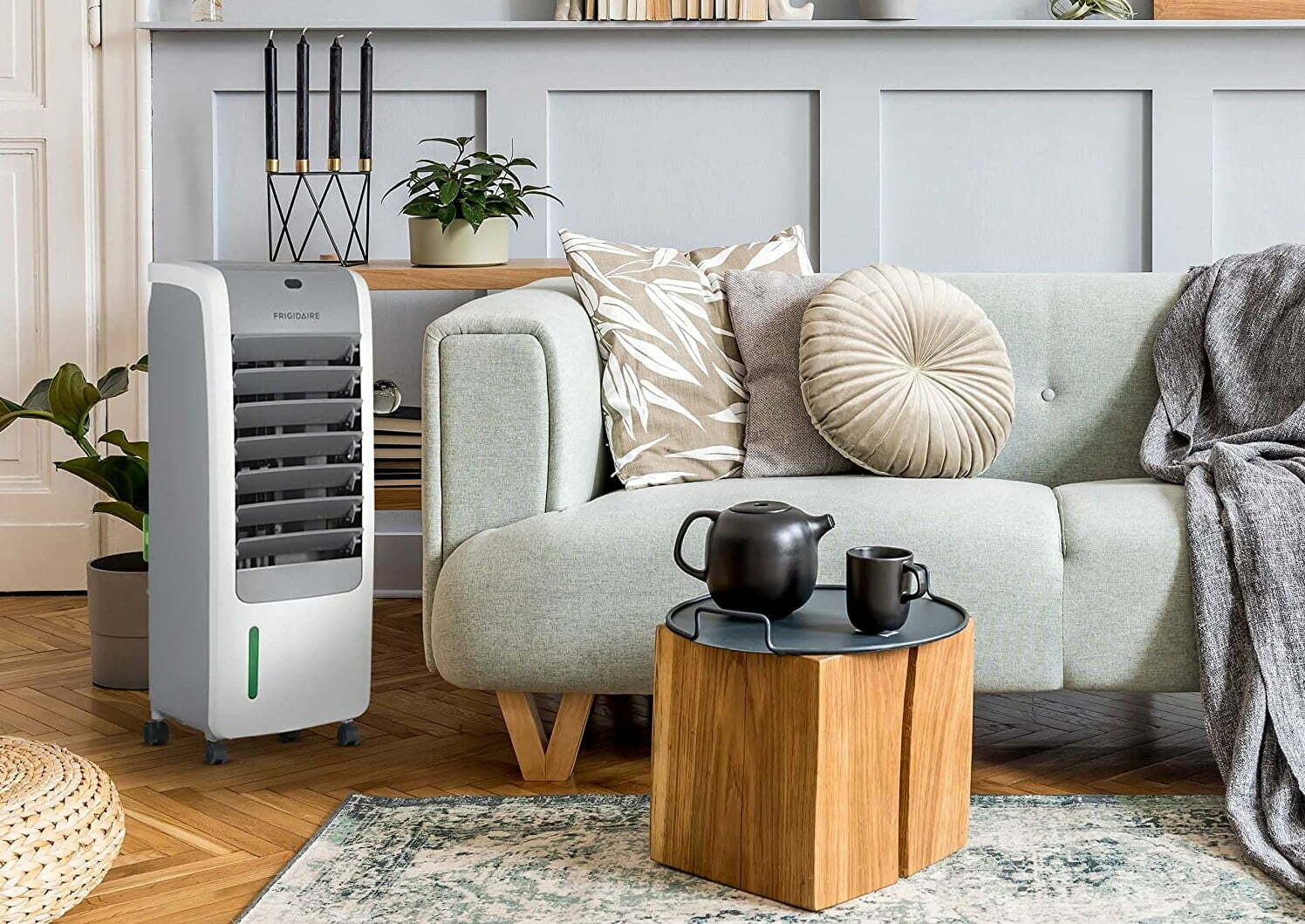
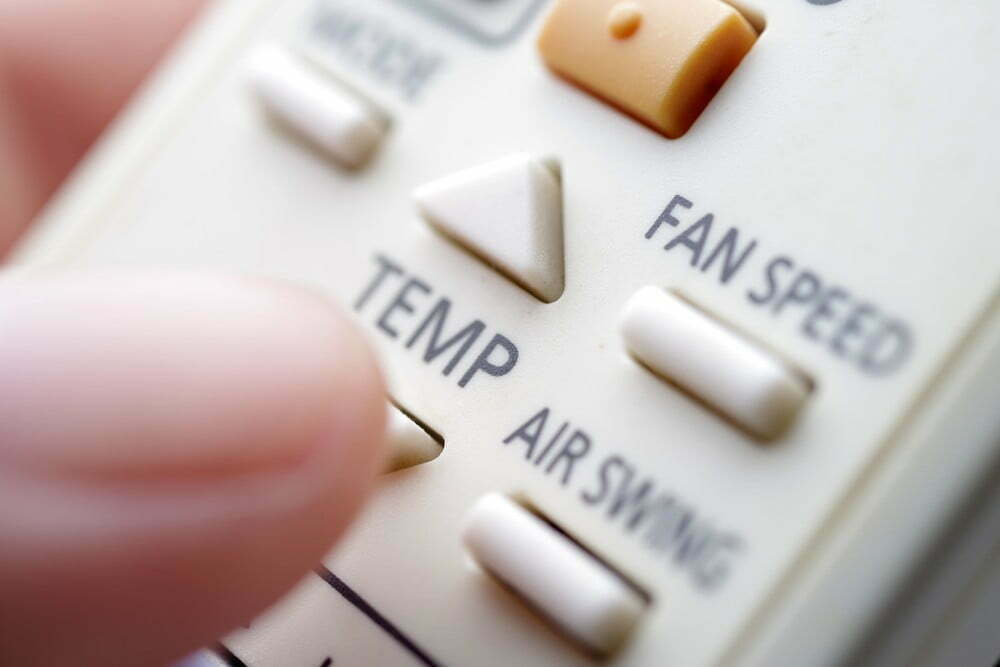
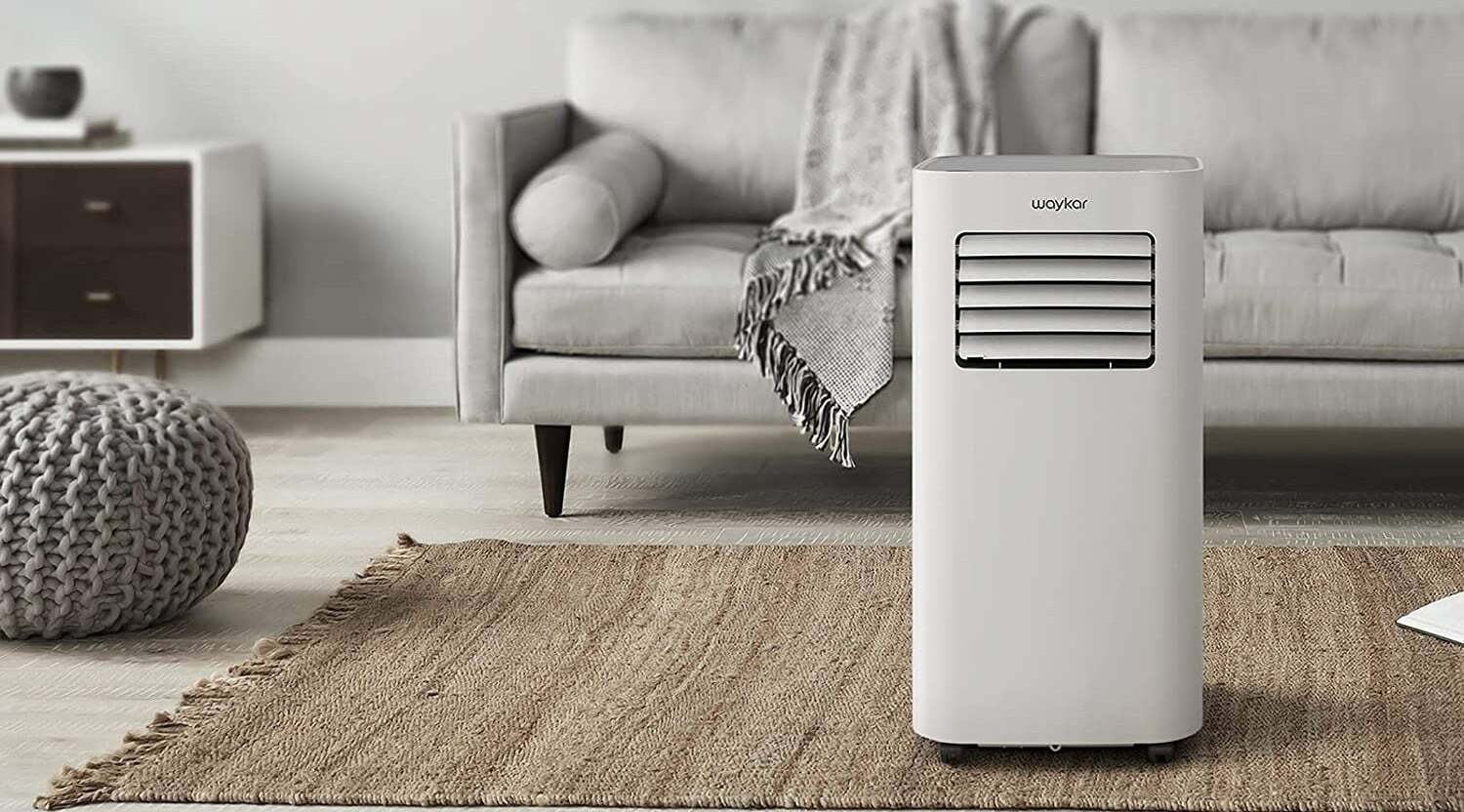
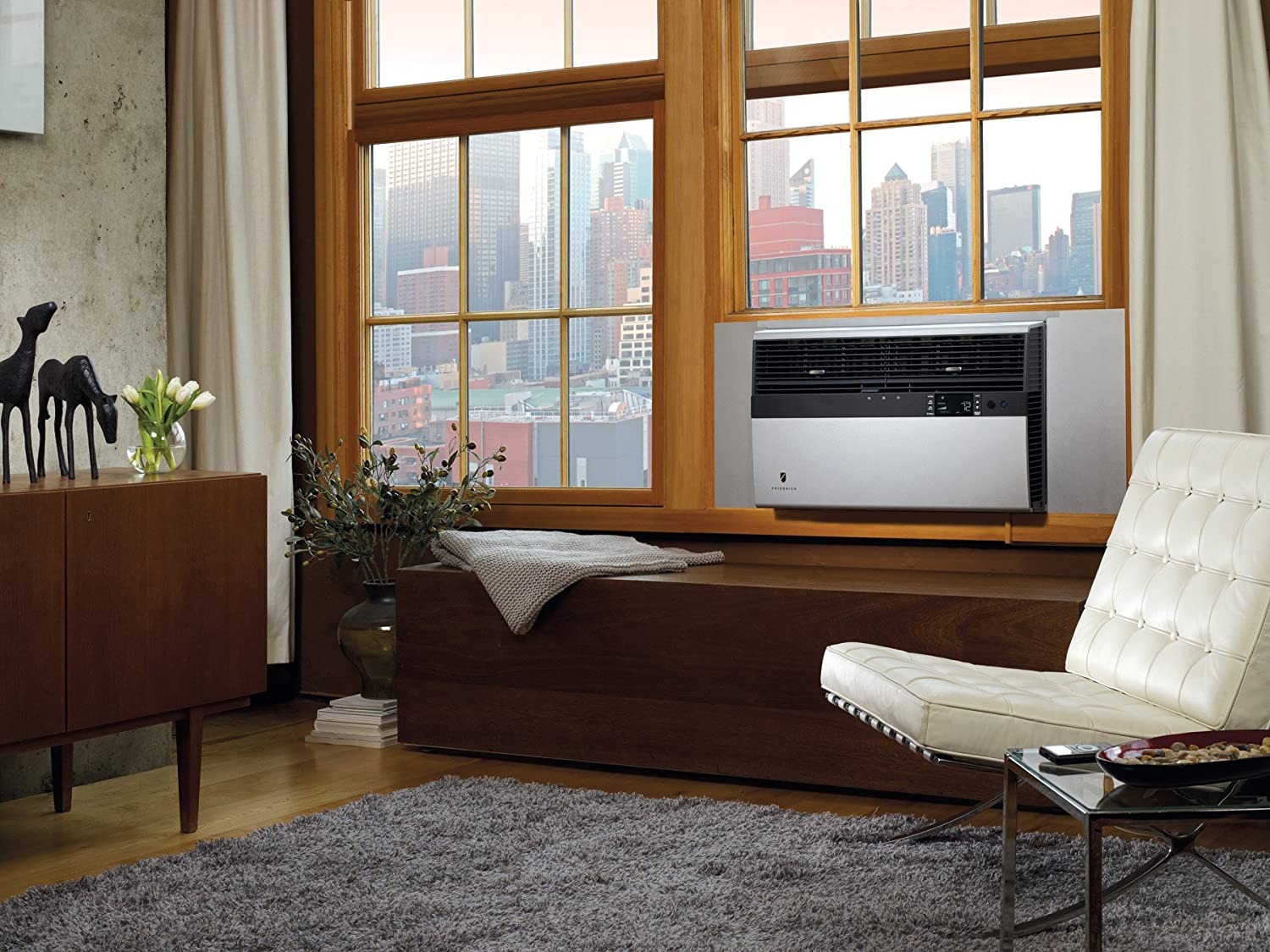
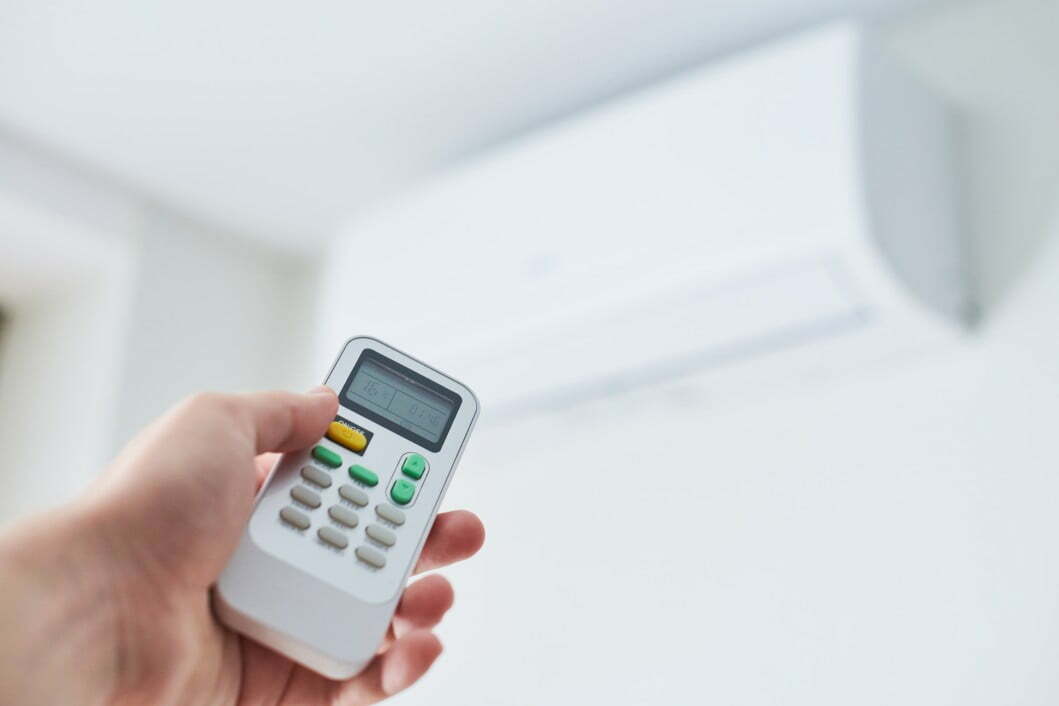
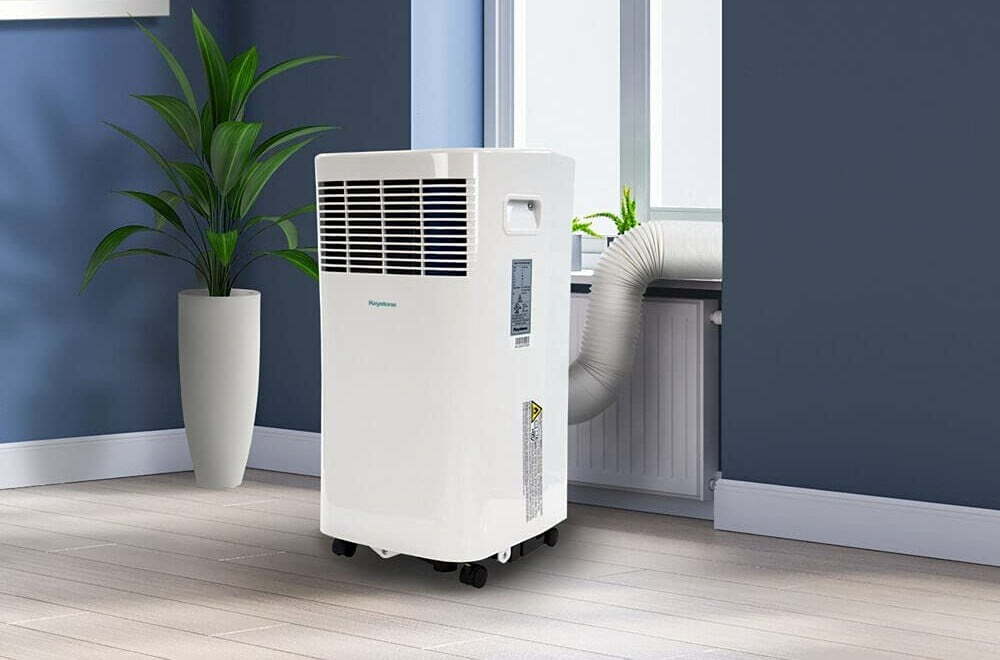
![Best Air Conditioners in [year] ([month] Reviews) 27 Best Air Conditioners in 2026 (January Reviews)](https://www.gadgetreview.dev/wp-content/uploads/best-air-conditioners-image.jpg)
![Quietest Through The Wall Air Conditioners in [year] 28 Quietest Through The Wall Air Conditioners in 2026](https://www.gadgetreview.dev/wp-content/uploads/quietest-through-the-wall-air-conditioner-image.jpg)
![Best 10000 BTU Air Conditioners in [year] 29 Best 10000 BTU Air Conditioners in 2026](https://www.gadgetreview.dev/wp-content/uploads/best-10000-btu-air-conditioner-image.jpg)
![Best 15000 BTU Air Conditioners in [year] 30 Best 15000 BTU Air Conditioners in 2026](https://www.gadgetreview.dev/wp-content/uploads/best-15000-btu-air-conditioner-image.jpg)
![Best 15000 BTU Window Air Conditioners in [year] 31 Best 15000 BTU Window Air Conditioners in 2026](https://www.gadgetreview.dev/wp-content/uploads/best-15000-btu-window-air-conditioner-image.jpg)
![Best 12000 BTU Air Conditioners in [year] 32 Best 12000 BTU Air Conditioners in 2026](https://www.gadgetreview.dev/wp-content/uploads/best-12000-btu-air-conditioner-image.jpg)
![Best Photocatalytic Oxidation Air Purifiers in [year] 33 Best Photocatalytic Oxidation Air Purifiers in 2026](https://www.gadgetreview.dev/wp-content/uploads/best-photocatalytic-oxidation-air-purifier-image.jpg)
![Best Ventless Portable Air Conditioners in [year] 34 Best Ventless Portable Air Conditioners in 2026](https://www.gadgetreview.dev/wp-content/uploads/best-ventless-portable-air-conditioner-image.jpg)
![Best Window Air Conditioners with Heat in [year] 35 Best Window Air Conditioners with Heat in 2026](https://www.gadgetreview.dev/wp-content/uploads/best-window-air-conditioner-with-heat-image.jpg)
![Best Inverter Air Conditioners in [year] 36 Best Inverter Air Conditioners in 2026](https://www.gadgetreview.dev/wp-content/uploads/best-inverter-ac-image.jpg)
![Best HEPA Air Purifiers in [year] 37 Best HEPA Air Purifiers in 2026](https://www.gadgetreview.dev/wp-content/uploads/best-hepa-air-purifier-image.jpg)
![Best Quiet Window Air Conditioners in [year] 38 Best Quiet Window Air Conditioners in 2026](https://www.gadgetreview.dev/wp-content/uploads/quiet-window-air-conditioner-image.jpg)
![Best Energy Efficient Window Air Conditioners in [year] 39 Best Energy Efficient Window Air Conditioners in 2026](https://www.gadgetreview.dev/wp-content/uploads/best-energy-efficient-window-air-conditioner-image.jpg)
![Best Quiet Portable Air Conditioners in [year] 40 Best Quiet Portable Air Conditioners in 2026](https://www.gadgetreview.dev/wp-content/uploads/quiet-portable-air-conditioner-image.jpg)
![Best 6000 BTU Air Conditioners in [year] 41 Best 6000 BTU Air Conditioners in 2026](https://www.gadgetreview.dev/wp-content/uploads/best-6000-btu-air-conditioner-image.jpg)
![Best 8000 BTU Air Conditioners in [year] 42 Best 8000 BTU Air Conditioners in 2026](https://www.gadgetreview.dev/wp-content/uploads/best-8000-btu-air-conditioner-image.jpg)
![Best Small Window Air Conditioner in [year] 43 Best Small Window Air Conditioner in 2026](https://www.gadgetreview.dev/wp-content/uploads/best-small-window-air-conditioner-image.jpg)
![Best 5000 BTU Air Conditioners in [year] 44 Best 5000 BTU Air Conditioners in 2026](https://www.gadgetreview.dev/wp-content/uploads/best-5000-btu-air-conditioner.jpg)
![Best Mini Split in [year] 45 Best Mini Split in 2026](https://www.gadgetreview.dev/wp-content/uploads/best-ductless-mini-split-air-conditioner-image.jpg)
![10 Best Portable Air Conditioners and Heaters in [year] 46 10 Best Portable Air Conditioners and Heaters in 2026](https://www.gadgetreview.dev/wp-content/uploads/best-portable-air-conditioner-and-heater-image.jpg)
